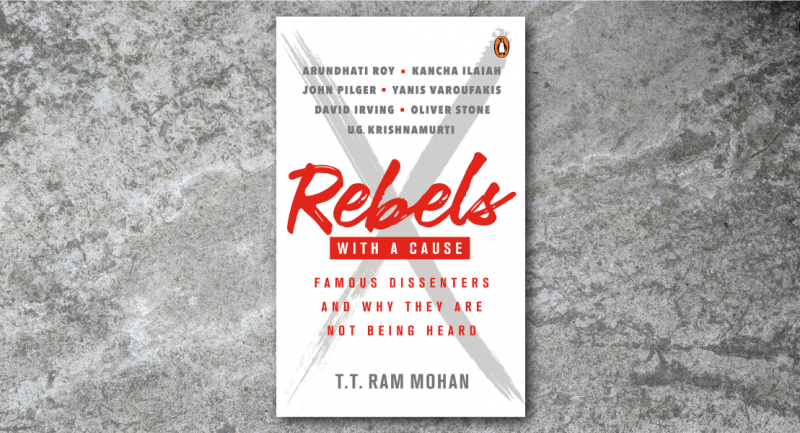
Today roughly 500 million Muslims inhabit South Asia, although the process of Islamization began in the eighth century, the region developed a distinct Indo-Islamic civilization that culminated in the Mughal Empire. In the Gulf, while paying lip service to the power centres, including Mecca and Medina, this civilization cultivated its own variety of Islam, which was based on Sufism.
‘The Islamic Connection’ gathers together some of the best specialists on the pan-Islamic ties and explores ideological, educational and spiritual networks, which have gained momentum due to political strategies, migration flows and increased communications.
Revisiting the old notion of ‘acculturation’ from the point of view of the ‘connected history’ school of thought,5 Sanjay Subrahmanyam argues that when civilizations meet, ‘Time and again, then, we are forced to come to terms with a situation that is not one of mutual indifference, or of a turning of backs, or of a deep-rooted incomprehension, but of shifting vocabularies, and changes that are wrought over time by improvisations that eventually come to be part of a received tradition.’ In South Asia, Muslims have invented their own ‘brand’ of Islam soon after their arrival in the region, following their encounter with the dominant civilization, Hinduism.
Certainly, the Caliphate played a role in the initial conquest of South Asian territories by Arabs in the eighth century. It was the Khalifah al-Walid b. ‘Abdul Malik who, hearing that Arab traders had been captured by the ruler of Sind, asked the governor of Baghdad to send an army to liberate them in 711. The soldiers of Muhammad b. Qasim did more than that and conquered the whole of Sind. The social structure of the Muslims of South Asia, who became dominant in spite of their remaining a minority, reflects their attachment to the Arabian peninsula: the upper strata was made of those (the Syed) who claimed that they descended from the Prophet. Another source of prestige came from the accomplishment of the Mecca pilgrimage (the Hajj), the title ‘Hajji’ being affixed to the name of those who had done it.
However, the Muslims who brought Islam to South Asia in a sustainable manner were not those who used the sword to conquer the region and/or who looked back, but the Sufis who made India a sacred land for Muslims, as mentioned in the introduction of this volume, after the establishment of khanqahs (buildings designed for the gathering of Sufis saints’ disciples) and dargahs (tombs of saints) which became major pilgrimage centres.
Not only did Muslims of medieval India distance themselves from the holy cities of Arabia and develop sacred sites across ‘their’ land, they also initiated spiritual relations with the Hindus. While orthodox scholars developed forms of Islamic proselytization in order to convert these ‘infidels’ (kafirs), some Sufis and several Muslim rulers promoted a very substantial spiritual dialogue with Hindus. The encounter of Sufis and Yogis resulted in rich spiritual exchanges.For making possible this dialogue, which reached its culminating point during the Mughal Empire under Akbar, spiritual treaties were translated from Sanskrit to Persian and Arabic. Besides, after 1579, Akbar appeared as a competitor for the Caliph himself as suggested by Sanjay Subrahmanyam:
In early September 1579, a group of theologians, including the Shaikh ul-Islam, were pressurized into signing a text claiming for Akbar a special status of Padshah-i Islam, beyond that even of a Sultan-i Adil. […] one of the epithets used for him was now Mujtahid, as also Imam-i Adil, the latter startlingly close to the usages favoured at one time by Süleyman. Indeed, the challenges was directed in good measures at the Ottomans, who had claimed superior status as the Khalifas of the east, with their conquest of Egypt.
These words and the spiritual innovations of Akbar reflected the great autonomy of the Indo-Islamic civilization vis-à-vis West Asia, including the holy cities of the Arabian peninsula and Istanbul, the seat of the Caliphate. But the fact that Akbar claimed that he was a kind of Caliph also shows that the Indian Muslims were deeply attached to the idea of the Caliphate, that they somewhat tried to replicate. And when the Mughal Empire started to wane, the attitude of the Muslim Indians towards the Ottomans changed.
Local Muslim rulers threatened by the Europeans turned to the Ottoman Sultan for help and recognition in the eighteenth century, including those of the Malabar coast and Tipu Sultan, the warlord of southern India who put up the most successful resistance to the British. Tipu Sultan sent an ambassador to Constantinople in 1785 requesting that he bring back a letter of investiture from the Ottoman Sultan and military support. He got the former, but not the latter. The declining Mughal dynasty also turned towards the Ottoman Sultan. In fact, the less power the dynasty retained, the more Indian Muslims turned to the Caliph as their protector. In the first half of the nineteenth century, ‘the name of the Ottoman sultan definitely came to be mentioned in the Friday khutba in some Indian mosques.’ Gradually, Indian ulama recognized the Ottoman sultans as the holder of the universal caliphate. This trend reached its logical conclusion after the last Mughal Emperor, Bahadur Shah II (1775–1862) was deposed and exiled to Rangoon in the wake of the 1857 Mutiny which marked the final phase of the Mughal decline.
Find this book: The Islamic Connection: South Asia and the Gulf










